Everything We Know About Easter Island Could Be Wrong
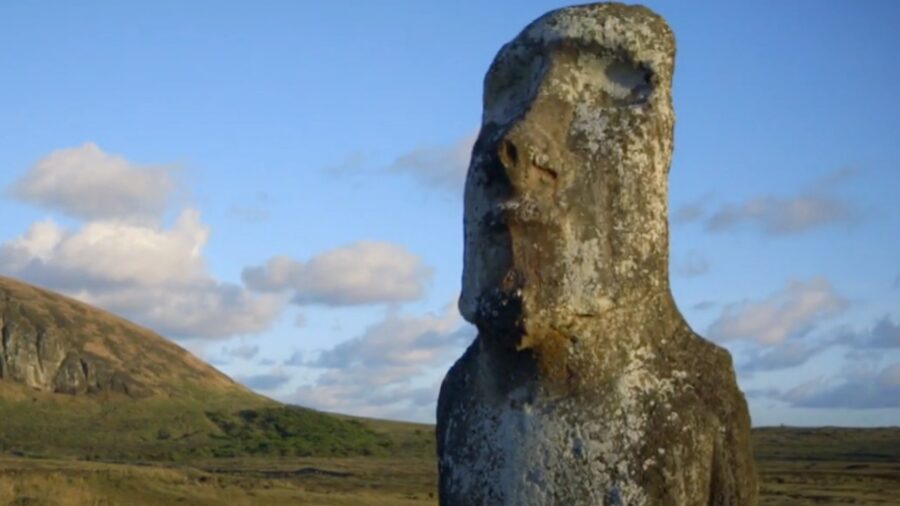
Those who have done a deep dive into sustainability and human history have likely heard about Easter Island and how the overexploitation of the island’s natural resources led to a huge population decline. While the exact details about the Island’s collapse were scarce, there was enough detail to paint a pretty damming picture. However, scientists reveal that the previous opinion of Easter Island might have been wrong, and it was likely foreign invaders, and not anything the people on the island did, that caused such a large-scale loss.
The Original Theory Of Overexploitation
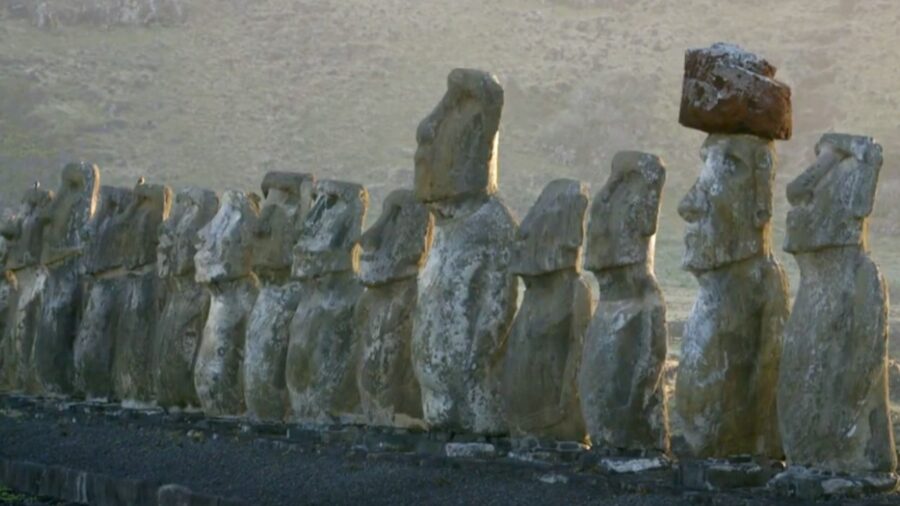
For a long time, the popular theory was that Easter Island suffered collapse due to essential overexploitation, though many scientists warned this theory could be wrong because not all evidence supported it. The Rapanui, who lived on the island, were thought to have experienced a population boom around the same time the demand for the large figurines still standing on the island, maoi, was increasing. Together, these two factors led to deforestation and a complete loss of local wildlife for food, which then led to war, famine, and cultural collapse.
Living In Isolation
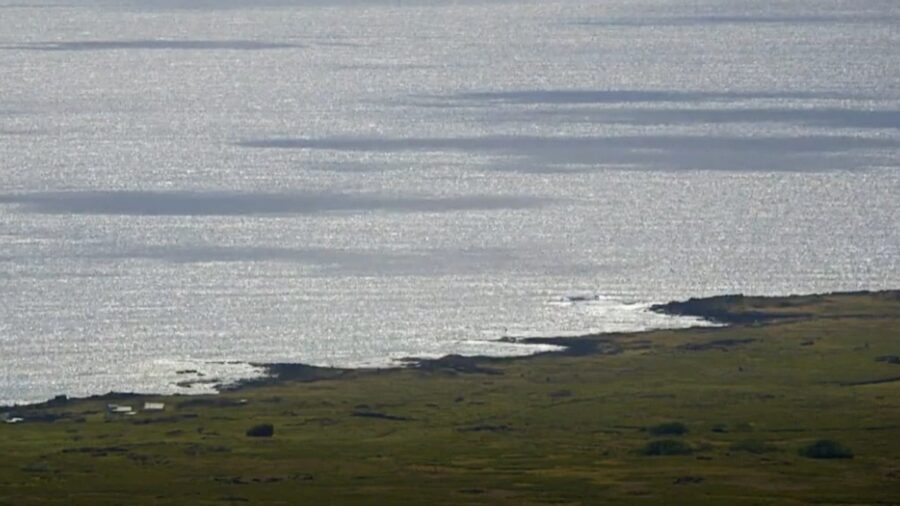
Part of the reason this Easter Island theory gained in popularity, despite being wrong, came from the isolation of the island. In fact, it’s one of the most isolated inhabited islands in the world. It is located over 2,237 miles from Chile and only covers a space of 63 square miles, which means that populations back in the day had no hope of getting supplies from other islands and were forced to find a balance between using the land for human development and leaving enough for sustainable resources like food and wood.
A New Easter Island Theory
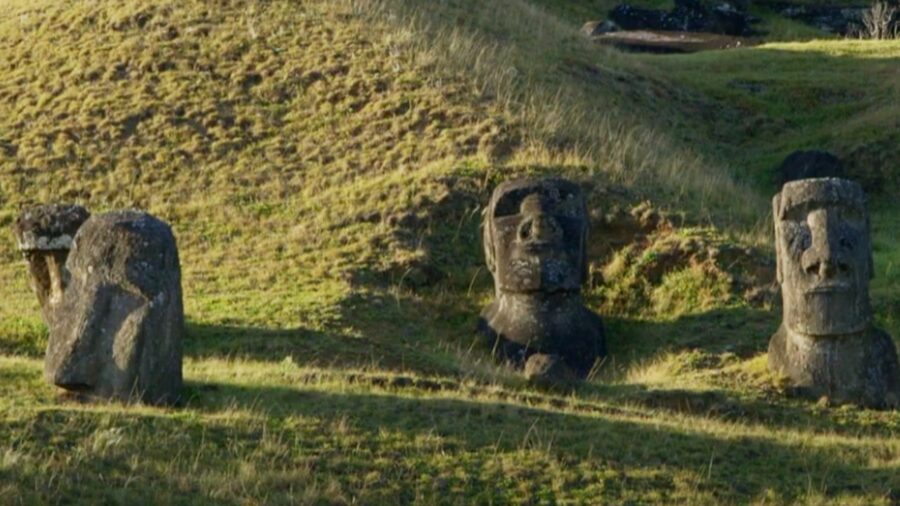
There are a few important details as to what evidence suggests the overexploitation Easter Island theory was wrong. For one, genetics analyses show that the population wasn’t growing rapidly, but had been relatively stable from the 13th to the 18th century. Additionally, satellite images suggest the appearance of ancient rock gardens, which would point to those living on the land actually working against overexploitation and erosion.
So, if that Easter Island theory is wrong, Chilewhat exactly happened to the island and its population? The answer seems to be the same as found across most of the world; the Europeans. after they first made contact in the 18th century, things quickly went downhill as pathogens and slavery decimated the population.
The Reality Likely Lies In The Middle
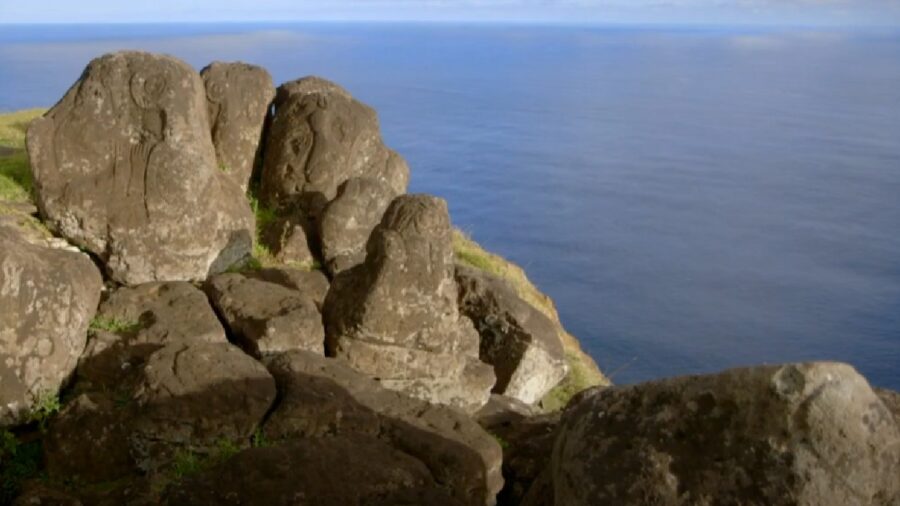
What had once been a relatively healthy 3,000 or so individuals dropped down to around 110 still alive on the island, a dramatic difference from the estimated 15,000 people that would have led to the collapse. This rapid population decline right before the supposed collapse due to deforestation further points towards the original Easter Island theory being wrong.
There is still some debate on if the Easter Island theory was entirely wrong, though. While it likely isn’t the reason the island collapsed, that isn’t to say it wouldn’t have been the reason in the future had the Europeans not visited, as there was some evidence of overexploitation, but it wasn’t at a critical level.
Another Theory Is Developing
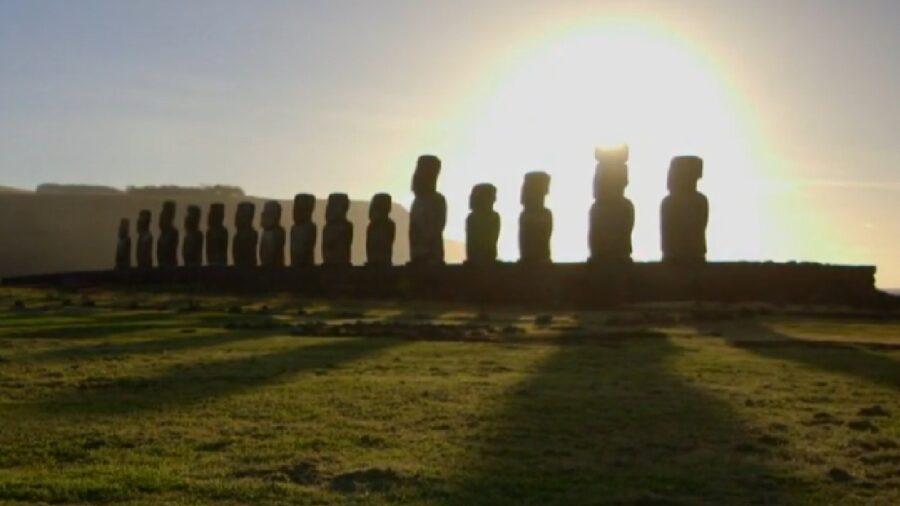
The research to disprove the leading theory didn’t only show the Easter Island collapse idea was wrong. It also suggested that the people of the island may not have been as isolated as once assumed. A deep dive into genetics and DNA evidence reveals the population might not have been as isolated as once believed, considering they share some interesting genetic markers with Native Americans, which would have happened sometime between 1250 and 1430 CE, though who traveled to see who is still rather unclear.
Source: Nature












